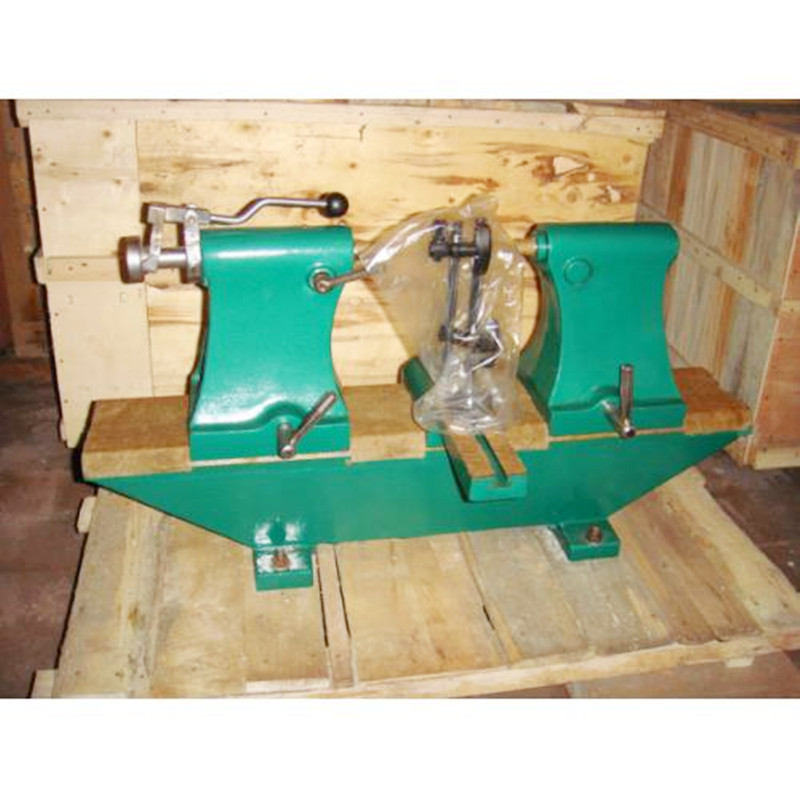نويابىر . 03, 2024 11:45 Back to list
pump check valve
Understanding Pump Check Valves Essential Components for Efficient Operation
In various industrial applications, pump check valves play a crucial role in ensuring the efficient and safe operation of fluid systems. These valves are designed to permit the flow of liquid in one direction while preventing backflow, thus protecting pumps and other equipment from potential damage and inefficiencies. This article delves into the importance, functionality, and maintenance of pump check valves.
What is a Pump Check Valve?
A pump check valve is a mechanical device installed in a piping system to restrict the reverse flow of fluid. It acts as a one-way gate, allowing fluid to move in the intended direction while automatically closing to prevent any backflow when the pump is turned off or if there is a drop in pressure. This characteristic is crucial in many applications, particularly in water and wastewater treatment facilities, oil and gas pipelines, and HVAC systems.
Importance of Check Valves in Pump Systems
The primary function of a pump check valve is to protect the pump from issues that could arise due to backflow. Backflow can lead to several problems, including
1. Pump Damage Reverse flow can cause mechanical wear and tear on pump components, leading to premature failure and costly repairs or replacements.
2. Contamination In systems transporting different fluids, backflow could result in contamination of clean water supplies or the mixture of incompatible substances, posing safety hazards.
3. Inefficiencies A lack of proper flow direction can disrupt the system’s operation, leading to reduced efficiency and increased energy consumption.
Given these risks, the integration of reliable pump check valves is not just beneficial but often essential for maintaining system integrity and performance
.Types of Pump Check Valves
pump check valve

There are several types of check valves, each designed to cater to specific requirements
- Swing Check Valves These valves have a hinged disc that swings open and closed with the flow of fluid. They are ideal for applications with high flow rates.
- Lift Check Valves Using a disc that lifts off its seat to allow flow, these valves can handle high-pressure applications effectively.
- Ball Check Valves Comprising a ball that blocks reverse flow, these are suitable for applications with varying flow rates.
Choosing the right type of check valve depends on the specific operational conditions, including flow rate, pressure, and the nature of the fluid being transported.
Maintenance of Pump Check Valves
To ensure longevity and optimal functionality, regular maintenance of pump check valves is essential. This involves
- Routine Inspections Regularly checking for leaks, wear, or debris that may obstruct the valve’s operation.
- Cleaning and Servicing Depending on the system’s condition, cleaning or servicing valves can prevent potential issues.
- Replacement If a valve shows signs of significant wear or damage, timely replacement can avert system failure.
In conclusion, pump check valves are indispensable components in fluid systems. Their ability to prevent backflow safeguards pumps and enhances operational efficiency. By understanding their functionality, types, and maintenance requirements, operators can ensure their systems run smoothly and effectively over time.
-
Technical Elucidation of Threaded Ring GaugesNewsJun.23,2025
-
Snap Gauge Critical Tool for Industrial Precision MeasurementNewsJun.23,2025
-
Granite Inspection Tables Precision Tools for Industrial FabricationNewsJun.23,2025
-
Exploring the World of Granite ToolsNewsJun.23,2025
-
Butterfly Valve and Globe Valve Manual An Academic OverviewNewsJun.23,2025
-
Retrofitting Old Systems with Y Type Strainer ValvesNewsJun.20,2025
Related PRODUCTS









